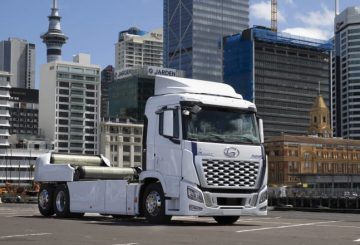Khách hàng trả lại các mặt hàng đã mua trực tuyến có thể phải đối mặt với các khoản phí mới. Nhà bán lẻ ASOS hiện sẽ tính phí người mua hàng ở Vương quốc Anh 3.95 bảng cho việc trả lại trừ khi họ giữ ít nhất £40 cho đơn đặt hàng của họ. Tại New Zealand, phí trả lại là 8,99 đô la.
Carolyn Young, giám đốc điều hành của Retail New Zealand, giải thích rằng nhiều người hiện đang đặt hàng rất nhiều mặt hàng trực tuyến và trả lại hầu hết chúng. Xu hướng này gây áp lực lên các nhà bán lẻ, ảnh hưởng đến lợi nhuận của họ do chi phí vận chuyển và xử lý hàng trả hàng.
Young lưu ý rằng vấn đề này chưa phải là vấn đề lớn đối với các nhà bán lẻ ở New Zealand, nhưng thói quen mua sắm đang thay đổi. Các nhà bán lẻ đang điều chỉnh dịch vụ của họ để duy trì sự hấp dẫn đối với khách hàng trong khi vẫn bền vững.
Chris Wilkinson, một nhà tư vấn tại First Retail Group, đã đề cập rằng ASOS không phải là nhà bán lẻ duy nhất thực hiện thay đổi. Các công ty khác cũng đã đưa ra các khoản phí mới hoặc ngừng vận chuyển đến New Zealand, như Boohoo và Nike, trong khi một số thương hiệu đã rời khỏi thị trường do chi phí vận chuyển.
Wilkinson tuyên bố rằng trong thập kỷ qua, nhiều nhà bán lẻ trực tuyến đã trở nên rất phổ biến, nhưng bây giờ họ phải vật lộn để thể hiện kết quả tốt cho các nhà đầu tư, một phần vì chi phí vận chuyển đã tăng đáng kể trên toàn thế giới.
Ông nói thêm rằng người mua sắm ở New Zealand đã phải đối mặt với các khoản phí bổ sung, như thuế nhập khẩu khi mua hàng từ các trang web như ASOS, điều này có thể làm cho việc mua sắm địa phương hấp dẫn hơn. Young đồng ý, nói rằng sự hấp dẫn của hàng hóa địa phương phụ thuộc vào giá cả và chi phí vận chuyển, và việc trả lại hàng hóa quốc tế có thể phức tạp và tốn kém đối với các giao dịch mua lớn hơn.





























































